The Tab key is essential for smooth navigation and formatting within Windows 11 applications. If this key stops responding, it can disrupt your workflow significantly. Fortunately, there are several solutions to address this problem. This guide provides detailed methods to help you fix the issue of the Tab key not working on your Windows 11 device.
Turn Off Sticky and Filter Keys
Windows accessibility features like Sticky Keys and Filter Keys can sometimes interfere with keyboard functionality, including the Tab key. Disabling these features may resolve the issue.
Step 1: Open the Settings app by clicking on the Start menu and selecting the 'Settings' icon.
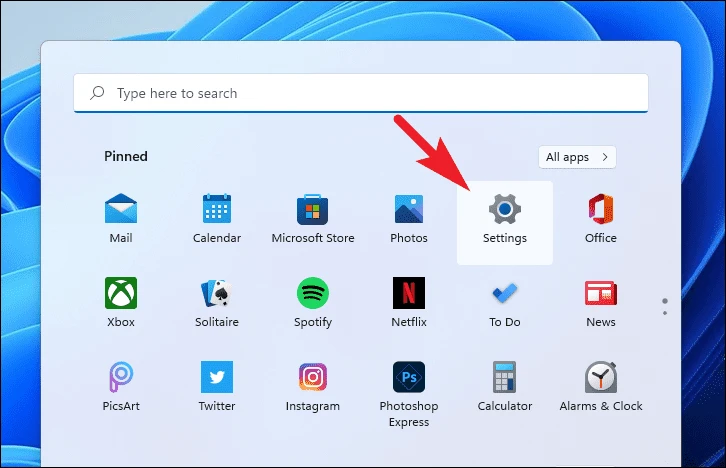
Step 2: In the Settings window, select the 'Accessibility' option from the left sidebar.
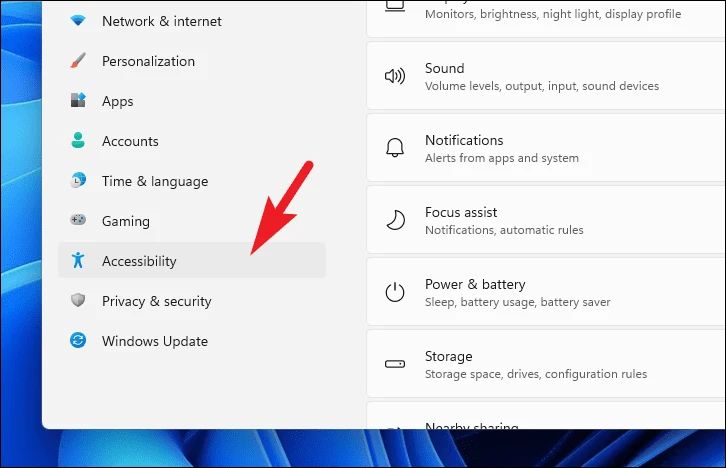
Step 3: On the right pane, click on 'Keyboard'.
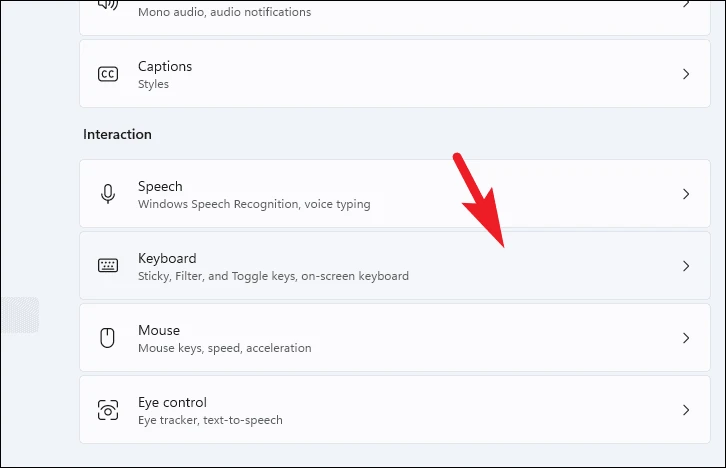
Step 4: Turn off the toggles next to 'Sticky Keys' and 'Filter Keys' by clicking on them.
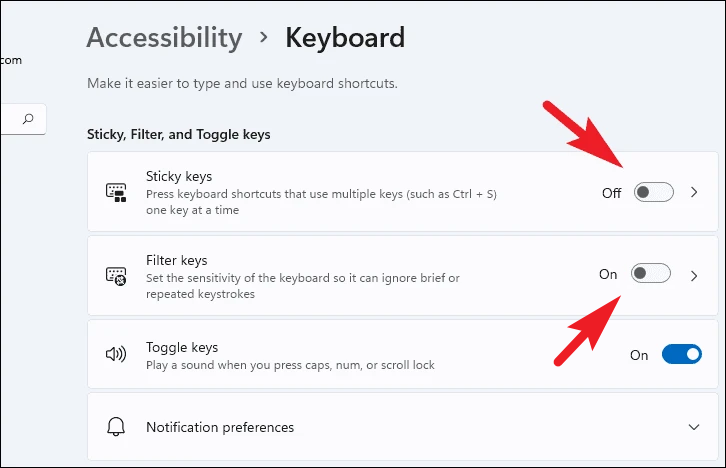
After disabling these features, test your Tab key to see if it functions correctly.
Run the Keyboard Troubleshooter
Windows 11 offers a built-in troubleshooter that can automatically detect and fix keyboard issues.
Step 1: Open the Settings app from the Start menu.
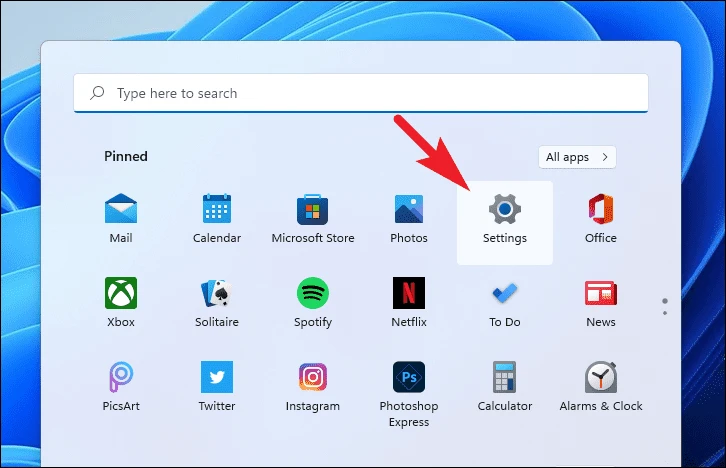
Step 2: Click on the 'System' tab located on the left sidebar.
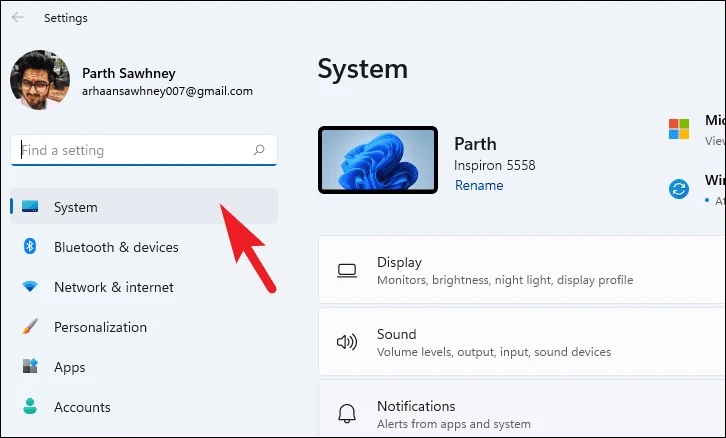
Step 3: On the right side, select 'Troubleshoot'.
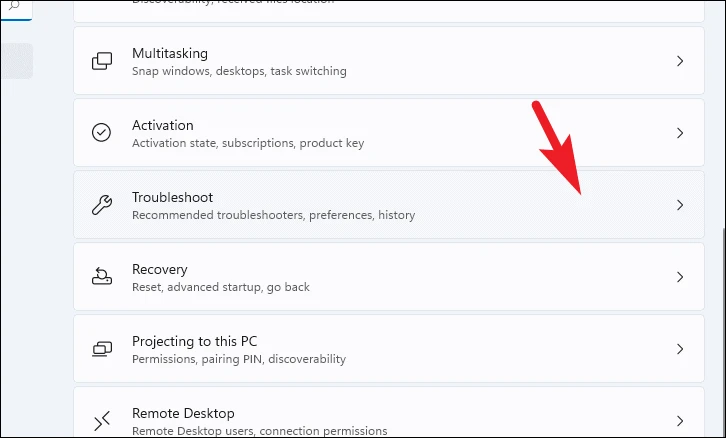
Step 4: Click on 'Other troubleshooters'.
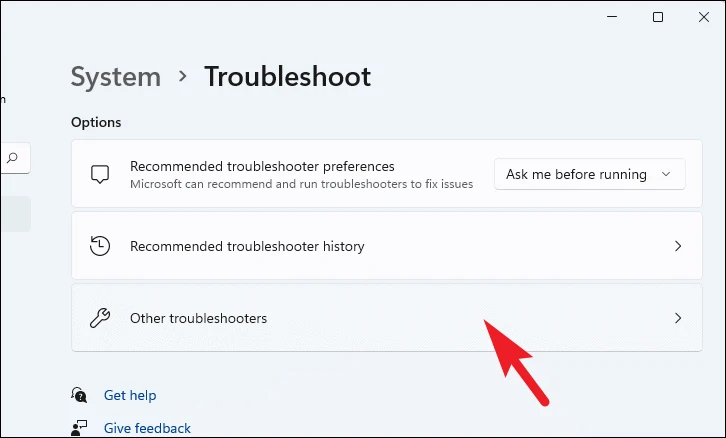
Step 5: Scroll down to find the 'Keyboard' troubleshooter under the 'Other' section and click on the 'Run' button next to it.
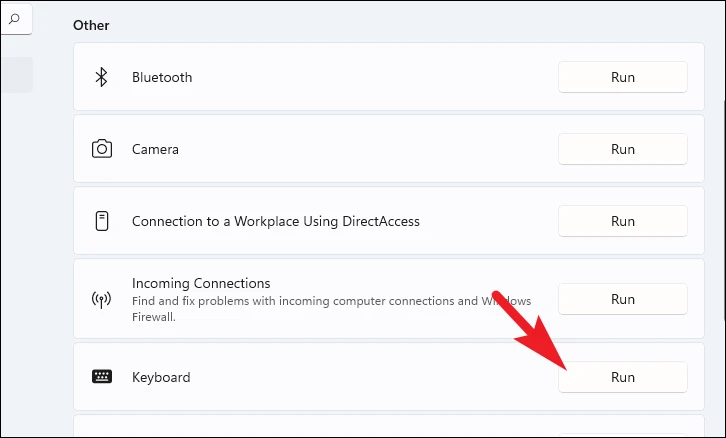
The troubleshooter will scan for any keyboard-related issues and provide solutions. Follow the on-screen instructions to complete the troubleshooting process.
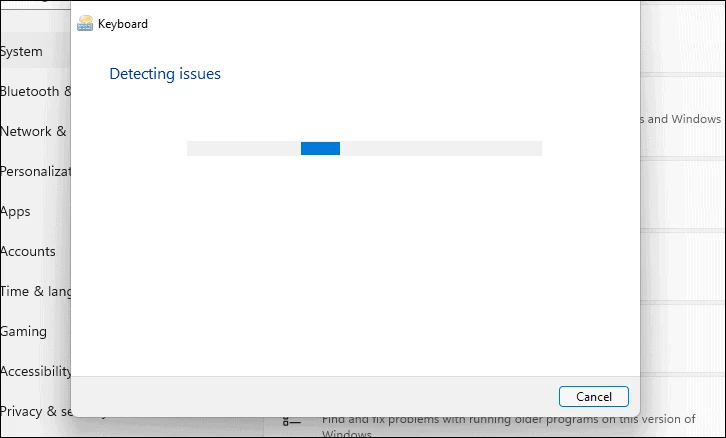
Update the Keyboard Driver
Outdated or corrupt keyboard drivers can prevent keys from working properly. Updating the driver may fix the issue.
Method 1: Update via Settings
Step 1: Open the Settings app from the Start menu.
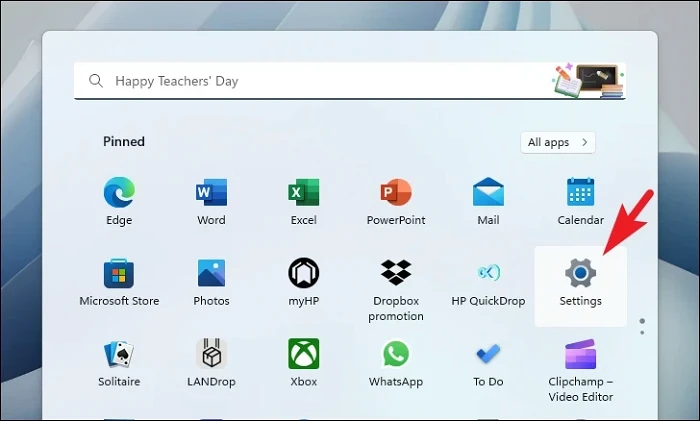
Step 2: Navigate to the 'Windows Update' tab on the left sidebar.
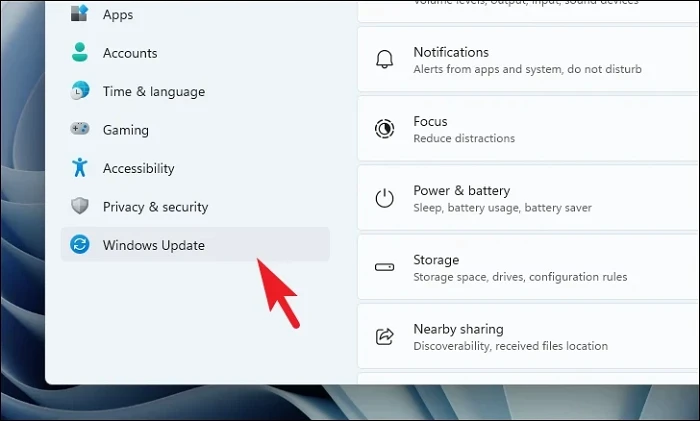
Step 3: Click on 'Advanced options' on the right pane.

Step 4: Select 'Optional updates'.
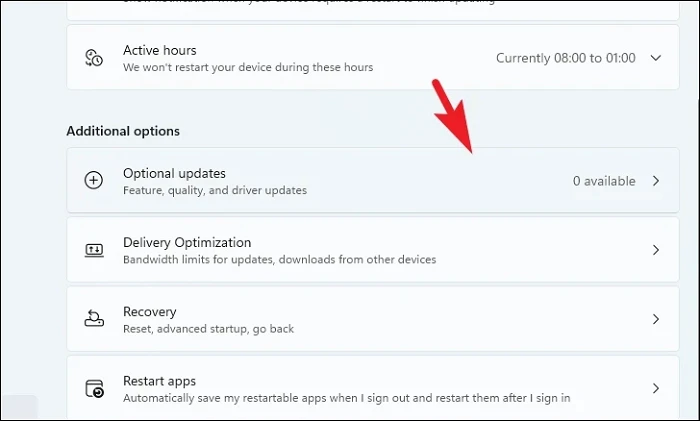
Step 5: Find any updates related to your keyboard, select them, and click on 'Download & install'.

After the updates are installed, restart your computer and check if the Tab key is working.
Method 2: Update via Device Manager
Step 1: Open the Start menu, type Device Manager, and select it from the results.
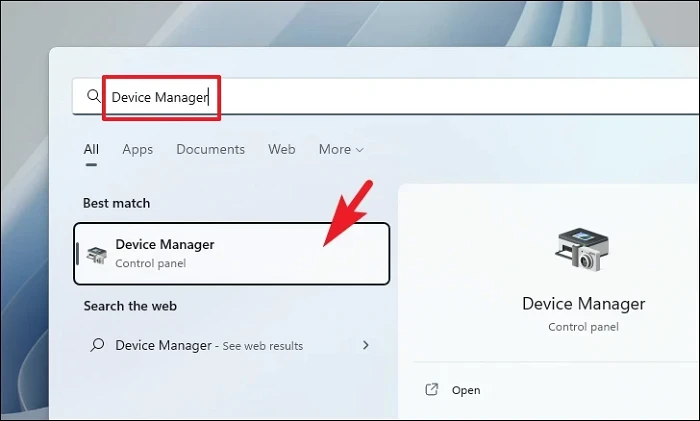
Step 2: In Device Manager, expand the 'Keyboards' section.
Step 3: Right-click on your keyboard device (e.g., 'HID Keyboard Device' or 'Standard PS/2 Keyboard') and choose 'Update driver'.

Step 4: Select 'Search automatically for drivers' to allow Windows to find and install the latest driver.
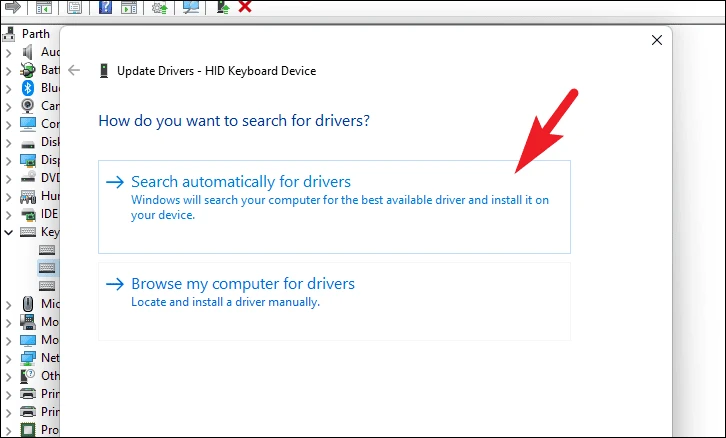
Once the driver is updated, restart your computer and test the Tab key.
Tweak the Registry File
If you're experiencing issues with the Alt+Tab shortcut, modifying the registry might help. This tweak reverts the Alt+Tab interface to display thumbnails, which could resolve the problem.
Step 1: Open the Start menu, type Registry Editor, and select it.
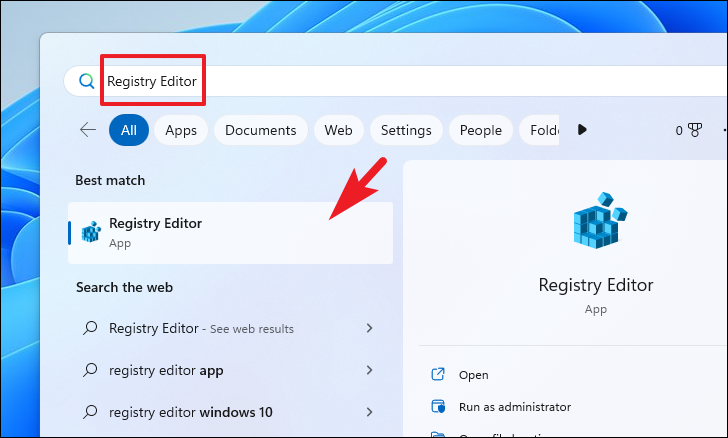
Step 2: Navigate to the following path by copying and pasting it into the Registry Editor's address bar and pressing Enter:
HKEY_CURRENT_USER\Software\Microsoft\Windows\CurrentVersion\Explorer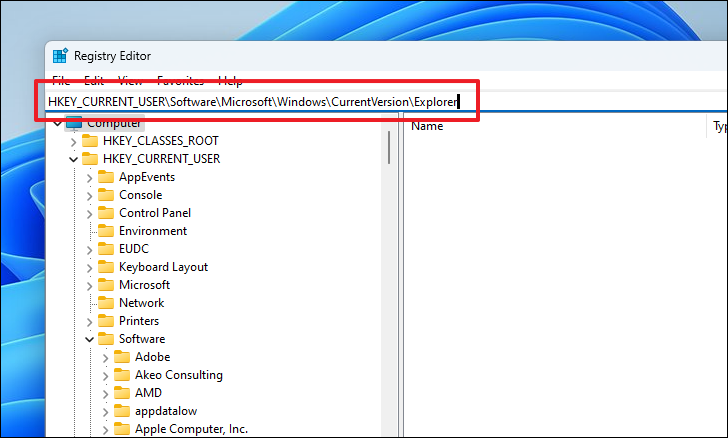
Step 3: Right-click on the right pane, hover over 'New', and select 'DWORD (32-bit) Value'.

Step 4: Name the new value AltTabSettings and double-click it to modify.

Step 5: Set the 'Value data' to 1 and click 'OK'.
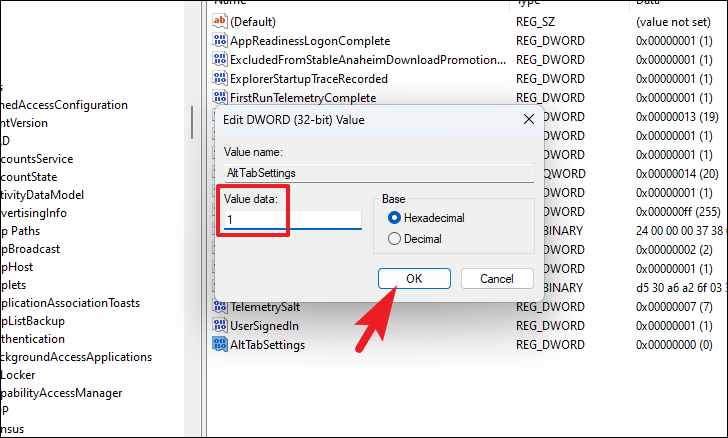
Restart your computer and check if the Alt+Tab functionality is restored.
Enable Keyboard and Tablet Input Service
The keyboard might not work properly if certain Windows services are disabled. Enabling the necessary services can fix the issue.
Step 1: Open the Start menu, type Services, and select the 'Services' app.
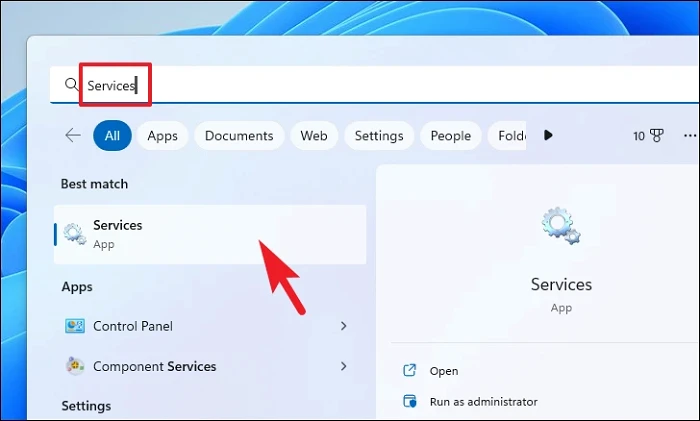
Step 2: In the Services window, scroll down and locate 'Microsoft Keyboard Filter'.

Step 3: Double-click on it to open its properties.
Step 4: Set the 'Startup type' to 'Automatic', then click 'Apply' and 'OK'.
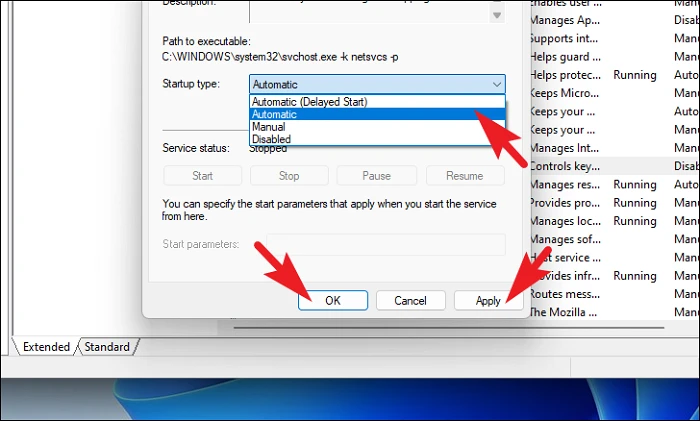
Step 5: Repeat these steps for the 'Tablet PC Input Service'.
After ensuring these services are enabled, restart your computer and test the Tab key.
Run DISM and SFC
Corrupted system files can cause keyboard issues. Running DISM and SFC scans can repair these files.
Step 1: Open the Start menu, type Terminal, right-click on the 'Terminal' app, and select 'Run as administrator'.

Step 2: If prompted by the User Account Control, click 'Yes' to proceed.
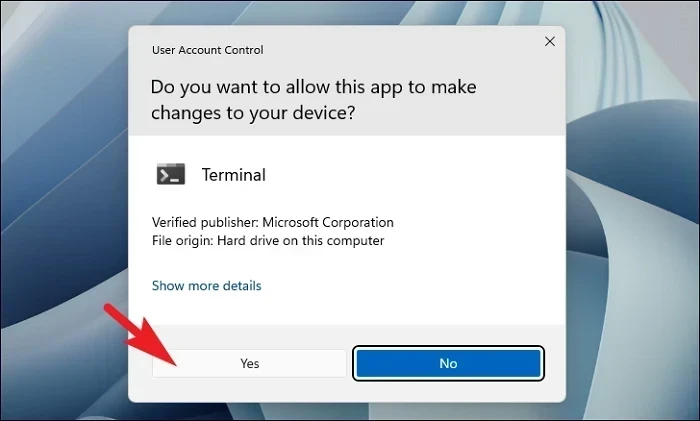
Step 3: In the Terminal window, click the downward arrow icon and select 'Command Prompt'.

Step 4: Type the following command and press Enter:
DISM /Online /Cleanup-Image /RestoreHealth
Step 5: After the DISM scan completes, type the following command and press Enter:
SFC /scannow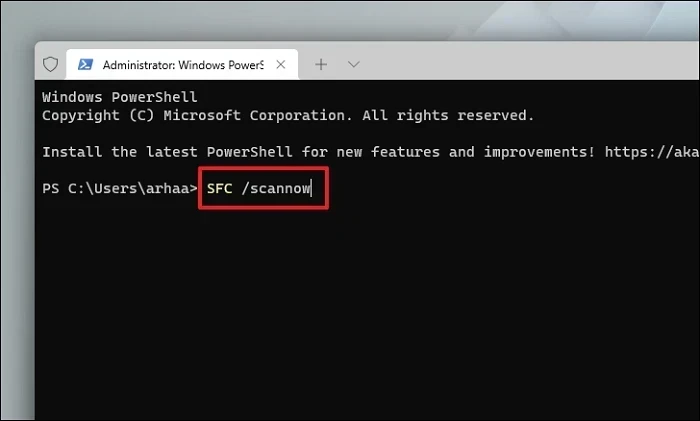
Once the scans finish, restart your computer and check if the Tab key issue is resolved.
Roll Back to a System Restore Point
If the problem started after a recent change, restoring your system to an earlier point may fix it.
Step 1: Open the Start menu, type Control Panel, and select it.
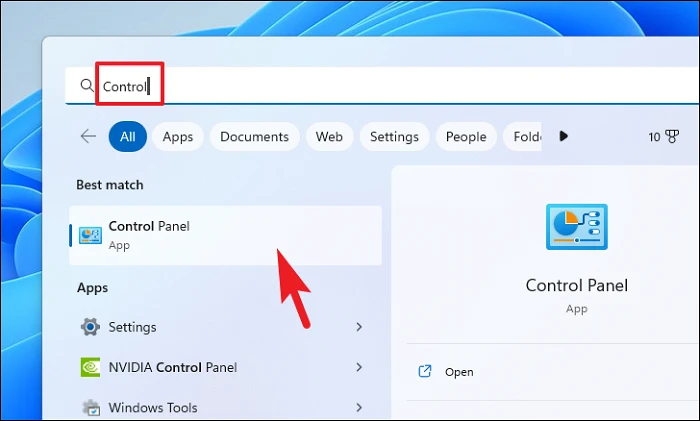
Step 2: Click on 'Recovery'.
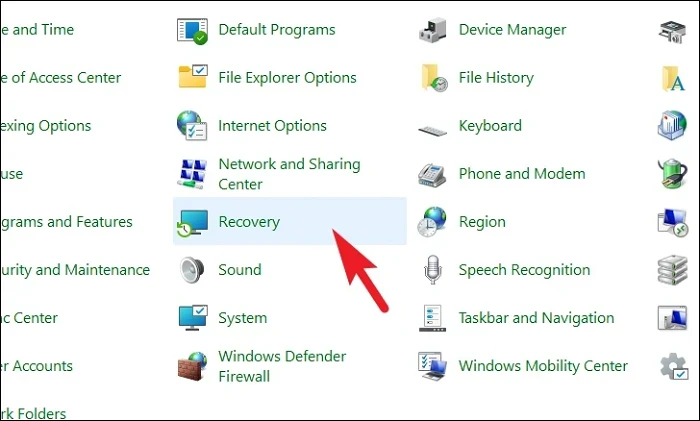
Step 3: Choose 'Open System Restore'.
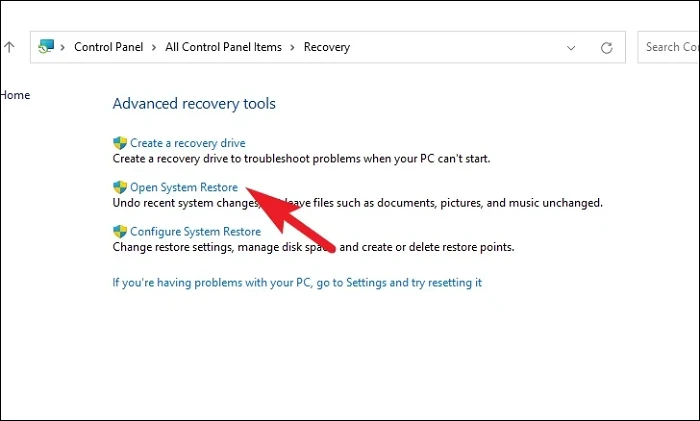
Step 4: Click 'Next' in the System Restore window.
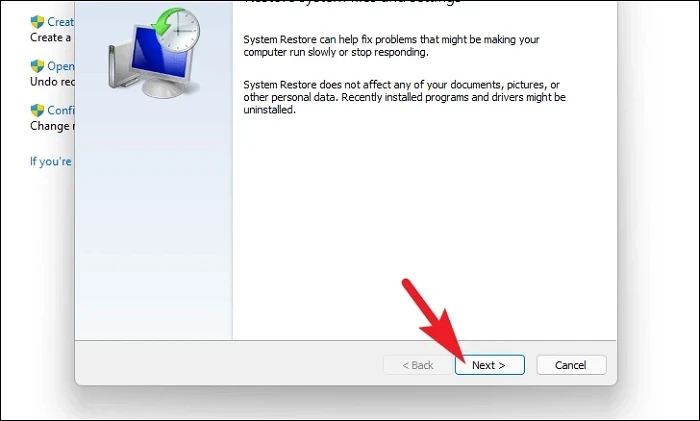
Step 5: Select a restore point dated before the issue began and click 'Next'.

Step 6: To identify affected programs, click on 'Scan for affected programs'.
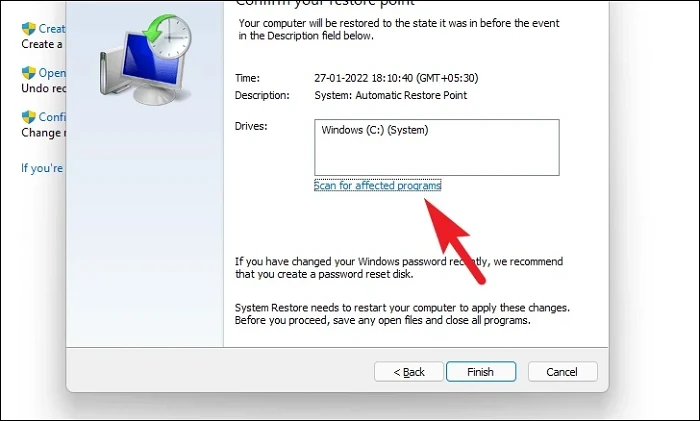
Step 7: After reviewing, close the window and click 'Finish' to start the restoration.

Once the restoration is complete, check if the Tab key is functioning properly.
Check the Hardware
Physical issues with the keyboard can cause keys to stop working. Inspecting the Tab key can help identify hardware problems.
Step 1: Examine the Tab key for any visible damage, debris, or dirt that might be obstructing it.
Step 2: Press the key several times to feel for any abnormalities. Unusual resistance or sounds may indicate a hardware issue.
Connect an External Keyboard
Testing with an external keyboard can determine if the issue is with the keyboard hardware or the system.
Step 1: Connect an external keyboard to your computer via USB or Bluetooth.
Step 2: Test the Tab key on the external keyboard. If it works, the original keyboard may need repair or replacement.
By applying these methods, you should be able to resolve the issue of the Tab key not working on your Windows 11 system.

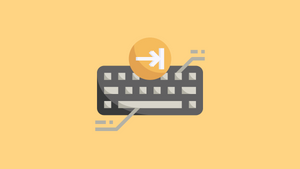




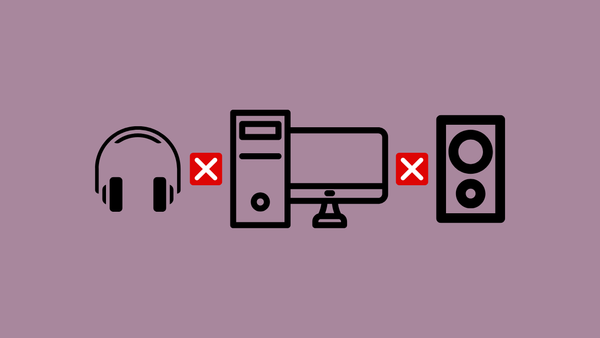
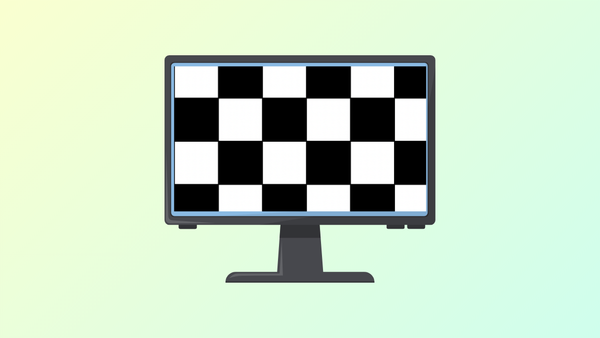
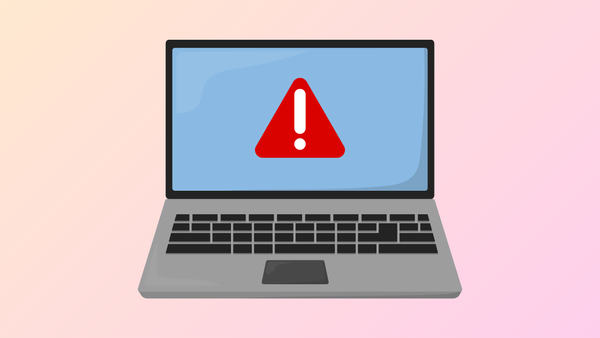

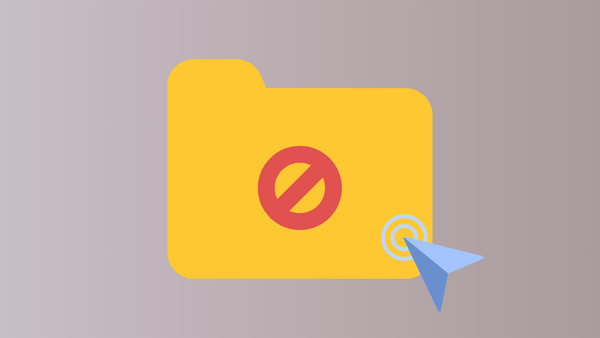
Member discussion